How To Set Up a Sewing Studio Part 2: No Dedicated Space
Most quilters start out the same — small. A small stash of fabric, a small amount of thread and tools, and a small space. That space may be the corner of a guest room, the kitchen table, or maybe your sewing studio is taking over your home office. That's perfectly normal! And it's also not every quilter's goal or dream to expand their crafting space into a large dedicated sewing room. Maybe your home is small or you are minimalist quilter. No matter the reason, you've found the right place for tips to set up a sewing studio with no dedicated space.
If you do have a dedicated sewing space, don't miss Part 1 of our series. But even quilters with their own sewing rooms can find great ideas in both posts! Consider some of these as options for quilting on the go or as compact solutions for small sewing rooms.
Keep reading for suggested products that will help with storage, cutting, pressing, basting, piecing, quilting, and lighting. You'll have your own compact sewing studio in no time!
You Might Also Like...
- The Ultimate Guide To Folding Fabric (With Video Tutorial!)
- The Best Sewing Table: Take Your Sewing Studio To The Next Level
- New And Improved! My Standing Desk Sewing Studio
- Tutorial: How To Make Magnetic Fabric Swatches For Easy Color Selection
- The Best Way To Pick Fabric For Your Quilt: Suzy Quilts Patterns On PreQuilt
Above: Suzy quilting at her dining room table before she had a dedicated sewing studio.
Yes, You Can Quilt Without a Dedicated Sewing Studio!
Does this story sound familiar?
Trending patterns!
I learned how to sew when I was six. My mom studied textiles in college and while I was growing up, she encouraged my interest in a variety of fiber. Every once in a while, I got to help her with some sewing. We used my grandmother's Singer from the 1960s and all of my mom's notions and tools fit into one round sewing box.
We'd pull the heavy Singer from the bottom of our small coat closet and take the sewing box down from the upper shelf, which was also where we kept hats and other winter wear. We lived in two bedroom apartments growing up and my mom didn't have the option to have lots of sewing supplies.
So when I grew up and moved out on my own, this simple, minimal, and affordable way of sewing was all I had experienced. I bought my first sewing machine for less than $200 at Sears (and had to save for a long time to get it since I was in graduate school and could barely pay my bills). I carried that little machine and a two-door radio cabinet full of fabric and tools through many small apartments.
When I started quilting, my cutting space was the kitchen counter and my sewing table was a round glass kitchen table. While quilting like this on my starter Kenmore machine, I made quilts that have hung at QuiltCon and the National Quilt Museum. You can reach great heights with the simplest of tools and spaces.
In 2016, I started living in a house for the first time in my life and was able to have a sewing room of my own. Two years later, I left my career in museums and started working in the quilt and craft industry. Since then, my sewing space has undergone many changes to fit my needs. But I still try to remember the way my mother kept her sewing simple because she didn't have the luxury of her own dedicated sewing room. And I still keep her circular sewing box in my sewing room.
What was your set up like when you first started quilting? What's it like now? Let us know in the comments at the end of this post!
Quick Tips to Set Up a Sewing Studio with No Dedicated Space
It can be challenging to see pictures of large dedicated sewing rooms when you don't have one. How can you achieve the same quilting goals without the same physical space? Before we dive into some products that can help, let's go over a few quick tips that can help you set up a sewing studio even if you don't actually have a dedicated space.
Skip the Fabric Stash
No quilter can deny that fabric is fun. But if you don't have a sewing space, you may want to avoid over-purchasing things you won't use. Try to focus on buying only what you need for the projects you intend to make start to finish. Once you finish one project, a trip to your local quilt shop to get supplies for your next project will be a fun reward!
Make Your Own Magnetic Swatches
You can make fabric choices easily by creating your own magnetic swatches of solids from your favorite fabric company! These swatches can be used to easily choose colors for your next quilt without having to have lots of solid fabric on hand in a stash. Follow our free tutorial to make your own!
Bonus space-saving tip — put your magnetic swatch boards on the inside of a cabinet or drawer!
Avoid Buying Specialty Tools and Notions
Special tools and notions can make quilting easier. But if you have a small space, focus on only what you need the most. We have some suggestions in the sections below of the most basic supplies for quilters with no dedicated space.
And if you do want to get specialty tools, like a hera marker or seam presser, we recommend investing in tools that you will love throughout your time quilting. One of our favorite tool companies is Modern American Vintage, maker of the wooden tools shown below.
Be Creative With Storage Solutions
Don't limit yourself only to storage solutions marketed to quilters. Anything can be useful storage if it works for you! Besides quilting, I do a lot of felt crafting.
I organize my projects in plastic bins designed for baked goods — they're spacious, have handles so I can carry my handwork anywhere I want, and they keep my projects separated when I'm working on multiple projects at the same time. Look for closet organizers, kitchen storage, tool containers, makeup bags, or anything that fits your storage needs (we have some great suggestions below).
Storage
When you don't have your own dedicated sewing space, storage can be the biggest challenge. Choose a closet or cabinet in your home — any will do, no matter what the room is actually used for — that has extra space and make that your quilt storage. When you have visitors or want to tidy up while you're not quilting, you can put all of your supplies behind a closed door. It's a great way to keep a small space clutter free!
These are a go-to, must-have storage solution for any crafter whether you have a dedicated space or not. I have four in my sewing room! I use one to organize my works in progress and the other three are for supplies like glue guns, embroidery floss, and bag making supplies. I don't use these supplies often, so I tuck these under my cutting table and they mostly stay there.
That's the beauty of the three tiered cart — it makes great use of verticle space and when you need it, it rolls right out. It also has a cute look so if you keep a quilting cart sitting out, your supplies can still look nicely organized.
Do you want a stash but don't have space for big shelves sitting out in a dedicated sewing room? Try hanging storage for your closet! This hanging system is designed for clothes and creates shelves in a closet space so you can use that precious vertical space better.
Instead of using this for clothes, fill them with fabric, tools, notions, an iron, and more. If you have a guest room closet, coat closet, bedroom closet, or office closet for example, you could still use the majority of the closet for other purposes and have all of your quilt supplies in this one hanging system.
Hanging storage for doors is great, but it's most often made as a storage solution for shoes. This hanging storage for a door is great because it creates shelves that are perfect for fabric and notions.
Can you imagine how cute precut bundles or folded fabric would look in this? You'd have such a happy view every time you closed your door!
You could also use a shelf for your ironing supplies, thread, and scissors and cutting tools.
While hanging systems that create flat shelves do give you more space that will fit quilting supplies better, don't discount the standard shoe door hanging systems.
I used one of these inside a closet door to hold cleaning supplies. This would be great for spray bottles, starch, scissors and cutting tools, and even rolled up fabric.
Organization
Organization is a little different than storage. If you have a lot of one particular item, like thread, that gets used frequently, you want to focus on finding some kind of container that holds that item and makes it easily accessible. Organization solutions are great for making sure that things that you use often don't become clutter. In small spaces, clutter can be overwhelming!
Many crafters have some version of this tackle style box. I have three that I use for storing embroidery floss, but they're also great for sewing machine feet, spools of thread, needle packs, and small tools. This one is great because the compartments are adjustable.
A light tool box will store much more than than expected. The three layers of this are perfect for sharp tools. The box can be easily transported, making it great for moving in and out of closets if you don't have a dedicated sewing space, and wonderful to bring to quilt retreats.
If you want your tool organization to have some vintage flare, try a Caboodle!
A small drawer system like this is designed for crafters and can work great. I have turned all of my swatch cards into magnets and I keep all of my magnetic swatches in a box like this. The clear front of the drawers is great for easily seeing what's inside.
Is this the cutest thing on the planet? A makeup bag can be just what you're looking for to stay organized in a small space. This one has dividers inside as well as a handle for easy transportation. And who can resist this cute quilt motif?
A thread organizer like this is perfect for spools and bobbins. And even better is that it can be used by quilters who have a dedicated sewing space and those who don't! If you have a lot of room, you can leave this sitting out on a table top. If you don't have room, use the hooks to hang it in a closet.
Cutting
There's no way around it — cutting can take up a lot of space, especially if you're working with yardage. But you absolutely can cut fabric if you don't have a dedicated sewing space and if you focus on just getting the basics, the supplies will take up a fraction of the space.
Have you ever seen a folding cutting mat? It's a great solution for quilters without a dedicated sewing studio! Instead of trying to find a place to keep a 24" x 36" cutting mat, you can *cut* that in half (see what I did there?).
If you want to get one ruler for quiting, make it a 6" x 24" ruler. You should be able to cut almost anything for any quilt pattern with this ruler. If you want to keep your ruler collection small but also want a square option, we recommend adding a 12 1/2" square ruler.
To keep your cutting tools small, focus on getting one rotary cutter that you can use with quilting rulers and your new folding cutting mat.
A pair of nice shears is also a helpful addition for a quilters with no dedicated sewing room. Stick to a large, quality pair. You can add more types of scissors, like embroidery scissors, appliqué scissors, and thread snips if you expand to your own space.
Pressing
Pressing is a crucial step in quilting and it can be one of the trickiest if you don't have a dedicated sewing studio. Just like with cutting, you can keep your supplies simple and use furniture you already have in your home like a kitchen counter or dining room table.
Our favorite iron here at Suzy Quilts is the Panasonic cordless iron. And here's why it's perfect for quilters with small or no sewing spaces — you can plug the heating base in anywhere in your home and move the iron wherever you want. Since only the base has a cable, you have significantly more flexibility with this iron. Read our full review here!
I have my own sewing room and even I don't have enough room to keep an ironing board set up in there. So while ironing boards are great, you may want to find an alternative. This is my favorite alternative. I can put this pressing mat on a table and use my iron on it and the heat does not go through it. You can use it on table or counter tops, carry it with the handle, and store it vertically in a closet.
If you'd rather have space in between your pressing surface and your table, try a table top ironing board. The space is small, but if it works well for you, it's a great solution.
Basting
I'm lucky to have my own dedicated sewing space. However, it's not large enough to baste a quilt. In fact, there is only one place in my entire house where I can baste and it hardly fits a baby size comfortably. This is one of the main reasons I end up using longarm quilters.
But if you would rather quilt yourself, there are ways to do that in a small space. Try out basting on a table instead of the floor! You can even baste in sections while parts of the quilt dangles over the table's edges. I have a friend who rents study rooms at her local library to baste! Before trying that, check with a librarian to be sure that's ok.
If you don't have a sewing space, you should stay away from spray basting. You need space and ventilation for that. Instead, stick with pin basting.
Curved basting pins will be your bestie. If you struggle with hand pain, try Wonder Sewing Pins which can be opened and closed comfortably with one hand. And that's all you need to buy to baste in a small space! And if you do have space in your home to baste a quilt on the floor, learn how in this post.
Piecing and Quilting
There's no wrong way to set up your sewing machine. Actually, I take that back. Don't try to balance your machine on your lap while you sew, or bring it in a moving vehicle. Those are definitely wrong. But when it comes to figuring out how to enjoy your quilting in a small space or with no space, you have options that are already in your home like the dining room table.
For those quilters who are looking for a dedicated table that can be stored when not in use, here are some options!
This Arrow sewing cabinet is perfect for small spaces. It expands to have plenty of space for quilting, has a small shelf to hold supplies, and even holds some sewing machine models when closed. Plus when it's closed, it looks like a regular shelf so it keeps that sewing clutter contained in a multi-use room. You can even put decorations on the top when it's closed.
A folding table can take up less space that a cabinet, and this one even has wheels! When the legs fold in, you can pull it easily because of the wheels, making it easy to store when not in use.
One of the best benefits of the folding sewing table above as well as this one is that the table has a drop down area that fits many machine models. Be sure to check if your machine will fit in before purchasing a table!
Lighting
If you're sewing in various locations in your home, having consistent light can be a struggle. But don't skip lighting in your set up. Quilting and sewing without adequate light can cause eye strain and headaches — no thank you!
I adore this folding, portable task light! It's sleek, it has multiple light levels, and it holds a charge for a long time. Perfect for sewing around the house or at a quilt retreat!
If you have a table for sewing or cutting, a light that clamps to the table is even more powerful. The Slimline Lamp by Daylight Company is our favorite at Suzy Quilts — I have one over my cutting area and one over my sewing machine.
For handwork, this task light that wraps around your neck is perfect. It ads additional light to your handwork like hand quilting, binding, or embroidery, and because the light source is below your head, you don't have to worry about extra shadows.
Set Up a Sewing Studio That Works For You!
Now you're ready to set up a sewing studio, even if you don't have a dedicated room! And we want to hear about your sewing space. What's your favorite storage solution, organization, or gadget that helps you get your quilting done? Do you sew in your own sewing room or throughout your home?
What do you dream of for a sewing room five years from now? Tell us in the comments below! And be sure to tag @suzyquilts and use the hashtag #SuzyQuiltsBlog on Instagram — show us what your sewing room looks like!


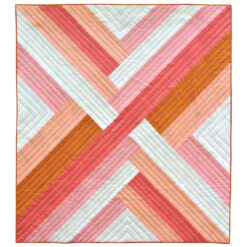
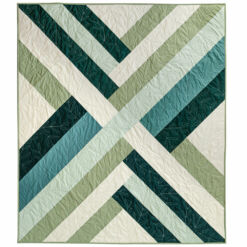
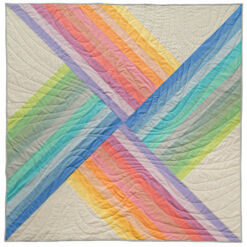
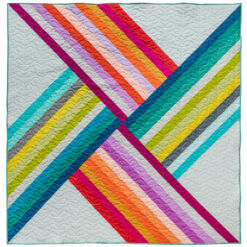
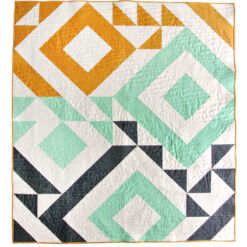
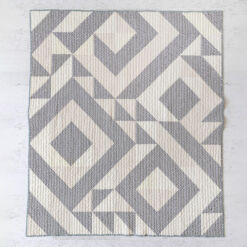
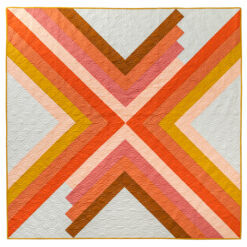
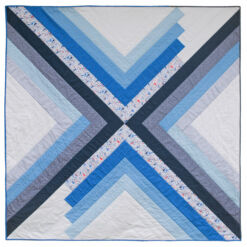
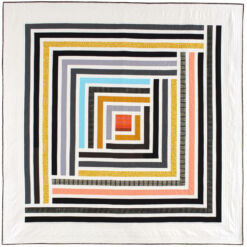
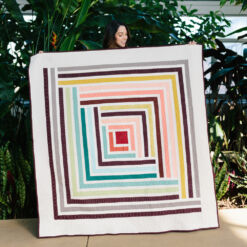
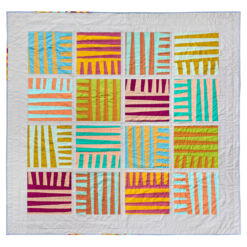
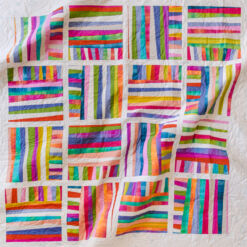
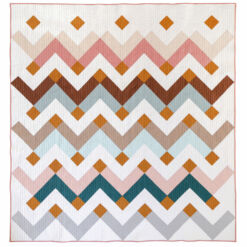
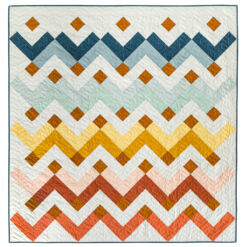
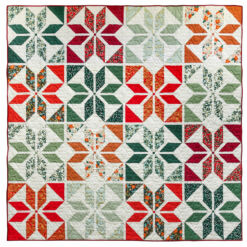
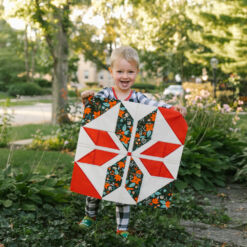
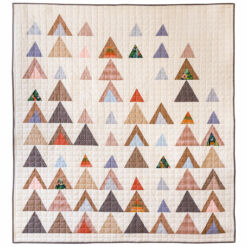
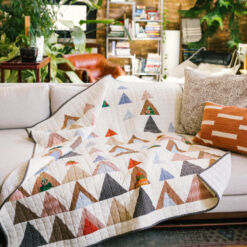


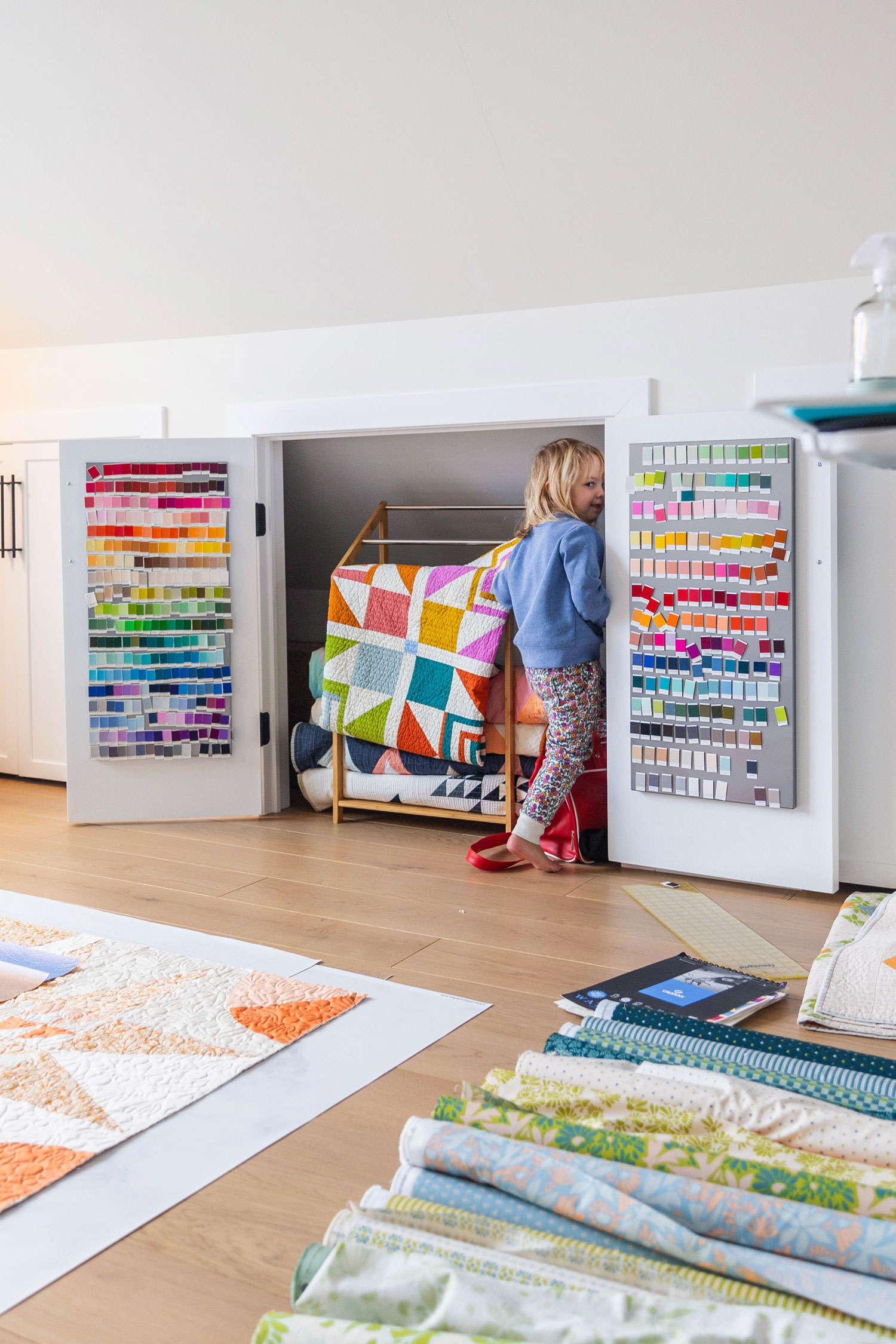


























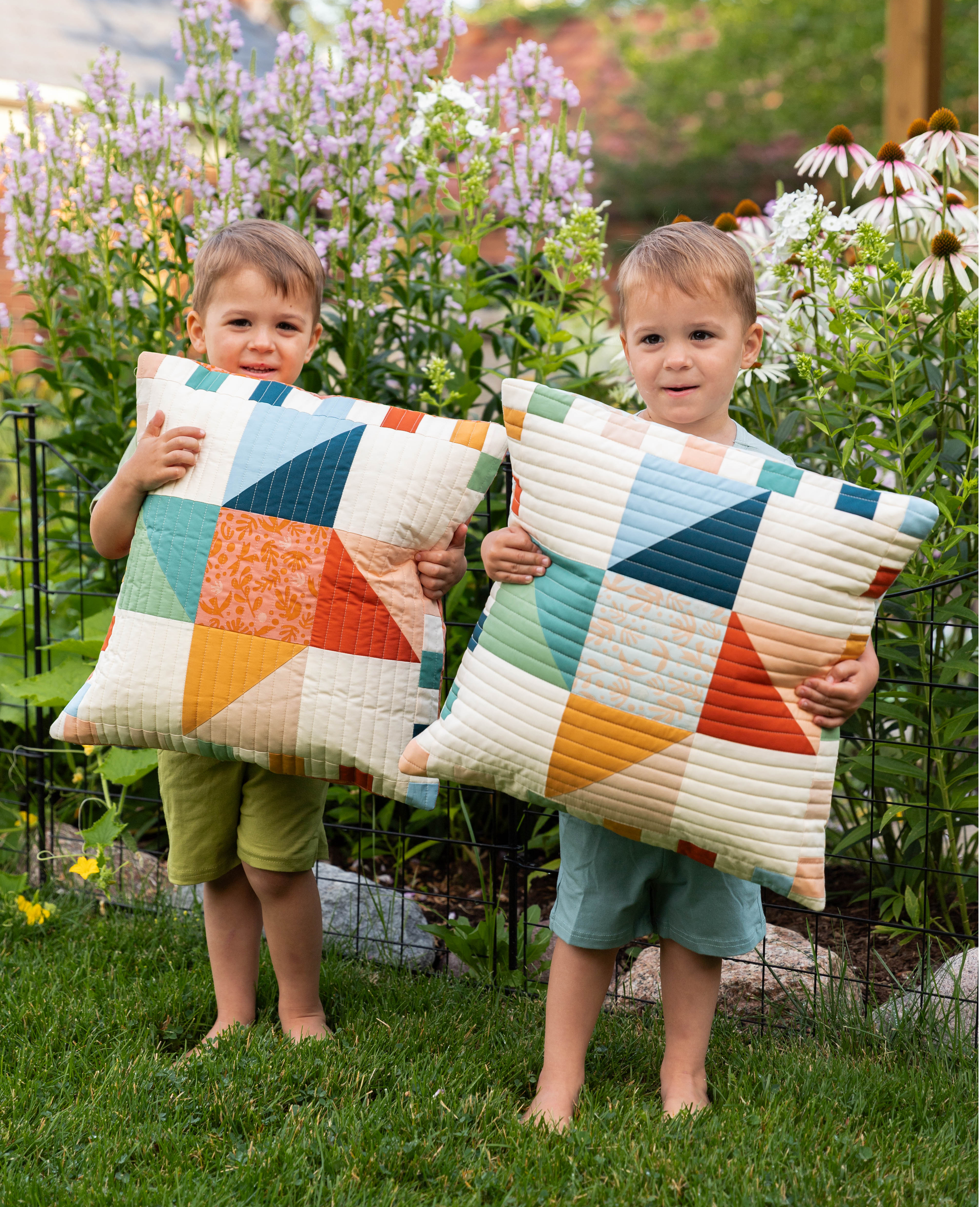

This is a great article.,….I have a lot of those organizing storage tools that I wasn’t using…..Now I am…Thank you.
Very glad to hear that! Thanks for reading!